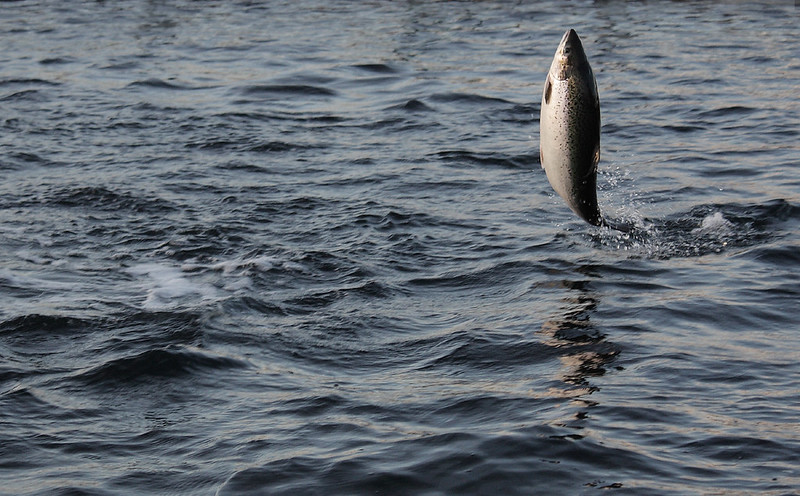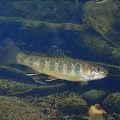Great Lakes Native Fish Restoration

Photo: Thomas Bjorkan/Flickr
Thanks to a $634,546 grant from the U.S. Geological Survey (USGS), researchers from SUNY Oswego and SUNY Cortland will be able to launch a project to help conserve and restore native fish species within the Great Lakes.
In a news release on the SUNY Oswego website, project lead Dr. Nicholas Sard said, “Great Lakes fisheries are worth $7 billion and support over 75,000 jobs annually. Impediments like habitat destruction, overfishing and interactions with invasive species have drastically reduced population sizes and, in some cases, resulted in the extinction of native prey fish species. This project seeks to restore native fish populations like Atlantic salmon, cisco, bloater and kiyi, among other species, by studying remediation actions to overcome these impediments.”
This project not only allows for the continued conservation of key species within the Great Lakes, but since it’s being funded by universities, it gives college students the chance to connect with the natural world on a much more personal level. Any new conservation projects should be cause for celebration within the fly fishing community, even if they’re not directly related to the fish we often pursue.
The potential for Atlantic salmon restoration, in particular, should be of great interest for any angler. Atlantic salmon were once native to the Great Lakes, but disappeared completely from Lake Ontario before the year 1900. Recent efforts to create self-sustaining runs of fish have succeeded in some areas, including a spawning run in the St. Mary’s River along Lake Superior, according to the Michigan Department of Natural Resources (DNR).
According to the press release on the SUNY Oswego website, this project at the Great Lakes will “examine what challenges currently hinder restoration efforts for imperiled fishes, as well as develop tools and approaches to better overcome such obstacles, which ultimately promotes a robust Great Lakes food web.”
Tools developed during this project could potentially help with native trout restoration in the West. Cutthroat trout restoration projects have been ongoing in many states since the 1990s, with a few like New Mexico wrapping up the active restoration phases of the projects.
While many of the fish restored in this project and others like it are nongame fish, restoring lakes to an ecologically sound state has benefits that extend beyond recreational angling. For example, the Utah Division of Wildlife Resources (UDWR) just announced that they stocked the Weber River (a major river along Utah’s Wasatch Front) with 1,000 bluehead suckers. These fish are not a game fish, but play a critical role within the river ecosystem.
“Well first of all, they’re native fish so they have a place in this river system,” Chante Lundskot, a UDWR native aquatic biologist, said in an interview with KSL. “They essentially recycle matter that can be utilized back into the system and they just help increase the water quality.”
With water quality an ever-present problem across the country, it should be heartening for anglers to see any effort made in that arena.
Wealthy Americans Carve Up Prairie
Arizona's Silver Creek Gets Help











